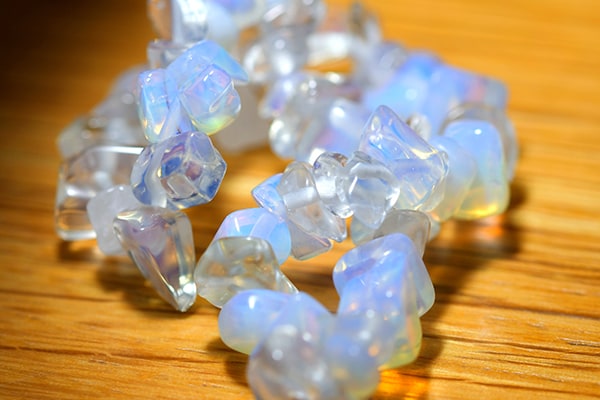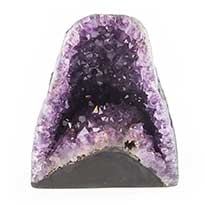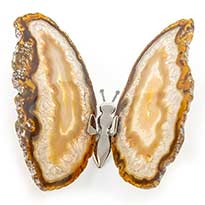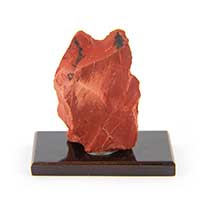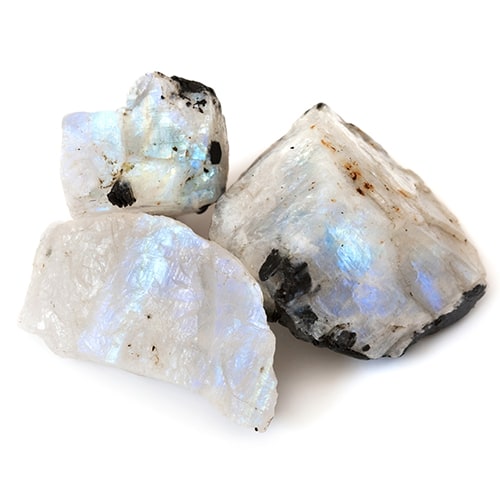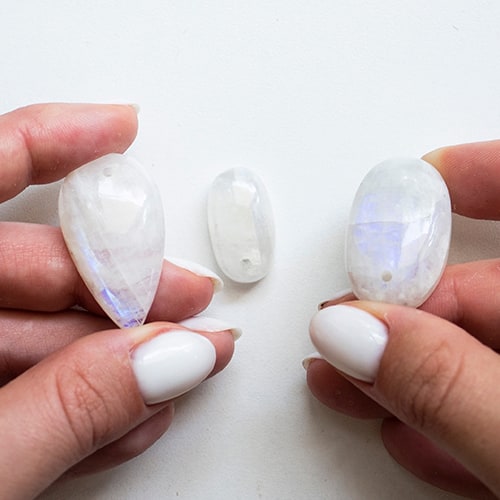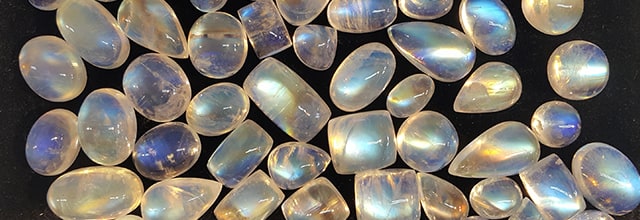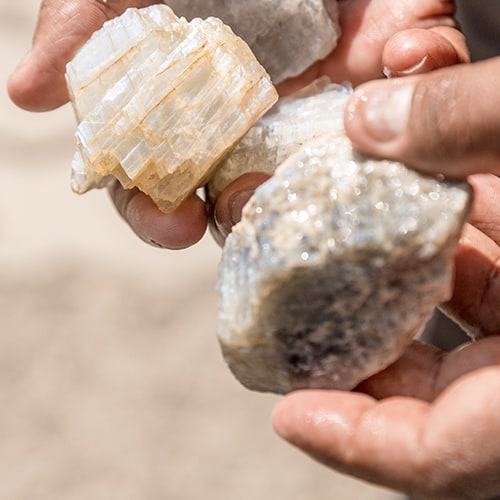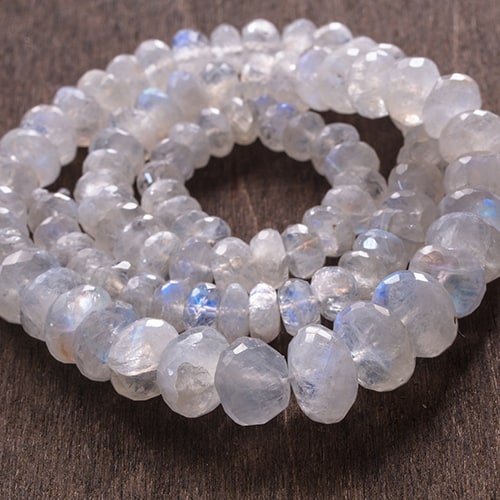Moonstone Stone Meaning and General Information
Moonstone, an ancient gem, embodies the enigma of a puzzle. Its mysteries are concealed beneath a shimmering veil, revealing our own hidden truths. Only in its reflective glow can we begin to grasp its teachings. Moonstone serves as a talisman for the inward journey, guiding us to rediscover the missing fragments of our soul that have been forgotten or left behind.
Moonstone has been associated with the magic of the moon for a long time, serving as a protective ornament for travelers, a passionate gift for lovers, a tool for divination, and a means of gaining wisdom. Our connection to the moon is profound, as it influences the tides and rhythms of our planet and affects our behavior, emotions, and spiritual development. Moonstone has a calming and nurturing effect on us, teaching us about the natural cycles of life.
For nearly 2,000 years, the Romans have utilized moonstones in their adornments. In India, it has always been considered a sacred stone with a special significance for lovers and is commonly given as a traditional wedding gift. During the Art Nouveau period, it was a popular choice for jewelers. In Europe, it was believed to reconcile estranged lovers and alleviate insomnia. Moonstone is famously known as the Traveler’s Stone for its protective properties, especially at night. It has long been worn as a charm to enhance one’s character due to its optimistic nature.
Moonstone, a type of Feldspar mineral, is characterized by its iridescent glow resembling that of the moon. Its surface displays a gentle, liquid-like opaqueness and a sparkling white shine that shifts in response to changes in light. The gemstone features subtle hues of peach, blue, and white, while the Rainbow Moonstone variety showcases a vibrant range of colors.
